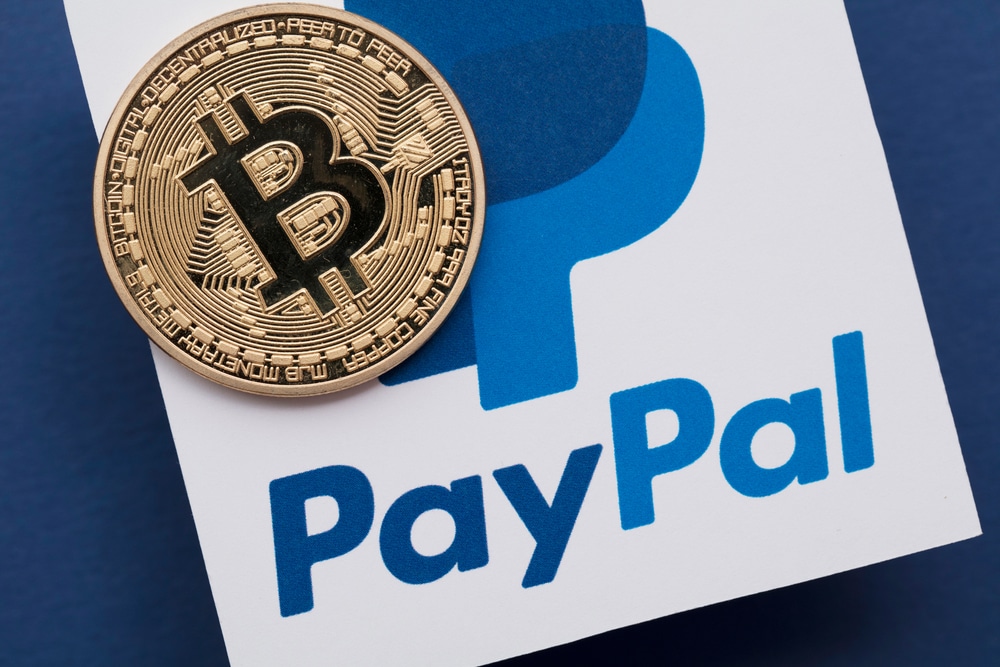What is a Multisig Wallet? A Comprehensive Guide

The need for secure storage solutions has risen as digital assets become increasingly significant. One notable solution is the multisig wallet. But what exactly is a multisig wallet, and how does it function?
This guide explores the nuances of multisig wallets and their contribution to enhancing the security of digital assets.
Deciphering the Multisignature Concept
The term ‘multisignature,’ commonly shortened to ‘multisig,’ might be encountered in blockchain and cryptocurrency. It denotes a distinct digital signature category requiring several individual signatures amalgamating.
The multisignature concept isn’t new to cryptocurrency; it predates the emergence of Bitcoin. Yet, its integration with Bitcoin and other cryptocurrencies began only in 2012, with the inaugural multisig wallet appearing the subsequent year.
How does a multisig wallet operate? In essence, the assets within a multisig wallet are accessible only when multiple signatures are concurrently presented.
A fitting comparison is a dual-locked safety deposit box. If Alice and Bob possess the keys, the box can only be unlocked when both keys are employed concurrently, ensuring neither can access it without mutual agreement.
Multisig wallets provide an augmented security layer, countering the vulnerabilities of single-key wallets reliant on one private key. Such wallets, termed ‘single points of failure,’ are attractive to cybercriminals employing deceptive methods to misappropriate cryptocurrency.
Multisig wallets, necessitating multiple signatures for fund transfers, are optimal for entities desiring a collective wallet solution. This minimizes the perils of confiding funds to one person or dispersing a sole private key among several.
Essential Elements of a Multisig Wallet
In discussing a multisig wallet’s core components, private keys are paramount. They are vital for transaction validation.
Contrary to conventional wallets governed by one private key, multisig wallets mandate at least two private keys for transaction approval, elevating the security of the assets. Multisig wallets are designed as smart contracts, regulated by on-chain protocols rather than a lone user. This renders them a ‘seedless’ self-custody variant, with wallet control dispersed among proprietors instead of a solitary entity. This pivotal attribute sets multisig wallets apart from conventional wallets, also termed externally owned accounts (EOAs), steered by a single private key.
A salient feature of multisig wallets is their adaptability. They can be tailored to mandate signatures from all involved parties or just a select few from the collective. This adaptability caters to diverse user requirements, whether a compact group or a vast enterprise, positioning multisig wallets as a flexible instrument for safeguarding and adeptly handling crypto assets.
Establishing a Multisignature Wallet
For establishing a multisignature wallet, it’s imperative first to grasp the specific needs of your entity or group.
Identify the total number of participants and the requisite signatures for a transaction. Depending on your preferences, this might encompass all members or a specific subset of the collective. Subsequently, you’ll transition to the generation of private keys.
Every participant should produce a distinct private key. These keys are foundational to the multisignature wallet and are mandatory for transaction validation. It’s of utmost importance to safeguard these keys diligently, as they represent the primary mechanism for wallet access. In a multisignature setting, transactions are halted unless the mandated number of private keys is provided.
Subsequently, you’ll establish the smart contract. This contract oversees the wallet and stipulates transactional guidelines, including the signature count needed. The smart contract also facilitates on-chain oversight by its proprietors, augmenting the wallet’s security and management.
Upon configuring the smart contract, the multisignature wallet becomes operational. Nonetheless, periodically assessing and modifying the smart contract when necessary is vital. This ensures the wallet remains aligned with your entity’s or collective’s dynamic requirements. Periodic security evaluations of the wallet and necessary enhancements are also pivotal to guard against potential vulnerabilities.
Pros and Cons of Multisignature Wallets
While multisignature wallets offer a range of advantages, it’s also prudent to recognize potential limitations.
A salient benefit of multisignature wallets is the heightened security they deliver. Owing to the mandate for multiple endorsements for transaction approval, they markedly diminish the likelihood of unsanctioned access or deceit. This aspect is precious for commercial entities or groups where various parties must sanction transactions.
Moreover, multisignature wallets grant a level of transparency and responsibility that conventional wallets fail to achieve. All transactional guidelines, endorsers, and transactions are openly accessible, fostering a climate of reliability and equity.
Such wallets also counteract the ‘sole custodian’ vulnerability, ensuring that transactions proceed even if a member is unavailable. This reduces the peril of fund inaccessibility due to unexpected events impacting an individual.
However, certain obstacles should be noted. Setting up a multisignature wallet can be complex, especially for those new to digital currencies. It requires a deep understanding of multisignature mechanisms and the technical expertise to set up the wallet correctly. Improper management of private keys could lead to an irreversible loss of funds.
Moreover, the stipulation for numerous signatures might decelerate transaction velocities, especially in expansive entities where securing all essential endorsements could be time-consuming.
DISCLAIMER: It's essential to understand that the content on this page is not meant to serve as, nor should it be construed as, advice in legal, tax, investment, financial, or any other professional context. You should only invest an amount that you are prepared to lose, and it's advisable to consult with an independent financial expert if you're uncertain. For additional details, please review the terms of service, as well as the help and support sections offered by the provider or promoter. While our website strives for precise and impartial journalism, please be aware that market conditions can shift unexpectedly and some (not all) of the posts on this website are paid or sponsored posts.









